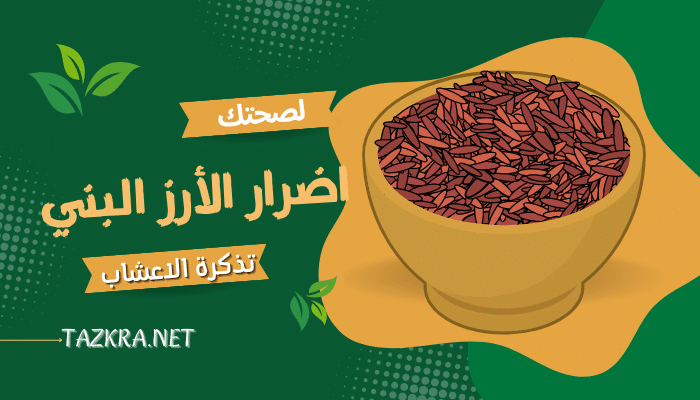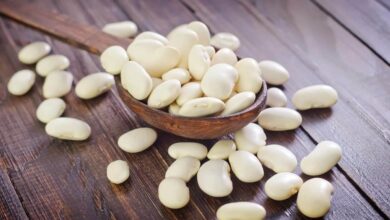What are the disadvantages of brown and white rice, and are there benefits for bodybuilding?

The disadvantages of brown rice may occur, but brown rice is considered a beneficial food for bodybuilding and muscle building due to the health benefits it provides. Here are some of the benefits of brown rice for bodybuilding:
Although the disadvantages of white rice are possible, it is widely consumed in many cultures around the world. However, white rice is considered less nutritious than brown rice and may pose some potential health risks when consumed excessively. Here are some possible drawbacks of white rice:
The Best Types of Brown Rice
There are several types of brown rice available, varying in flavor and texture. Despite being mindful of the potential disadvantages of brown rice, here are some popular and favored types for bodybuilding:
How to Cook Brown Rice:
Brown rice is a type of rice considered a healthy and beneficial food due to its content of various nutritious elements such as dietary fiber, vitamins, and minerals. While potential disadvantages of brown rice exist, it remains an excellent choice for individuals seeking to improve their health and maintain a balanced diet. I will explain to you how to cook brown rice.
(Note: If you would like information on how to cook brown rice, please let me know, and I’ll provide you with instructions.)
Preparing brown rice requires some basic steps. Here are the steps for preparing brown rice:
Benefits of Brown Rice for Diet:






